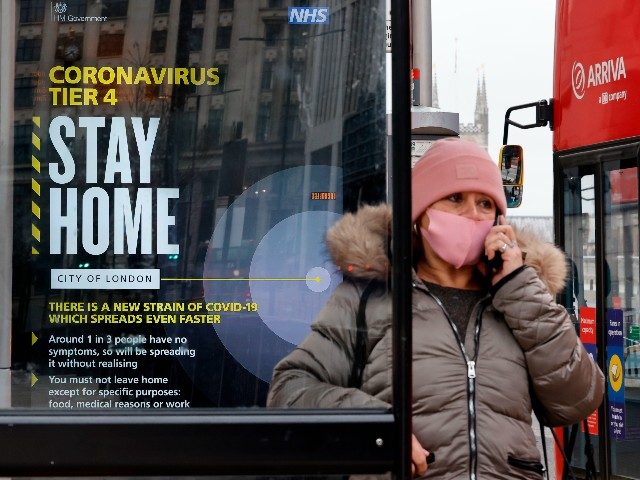Health Secretary Matt Hancock has again expanded the most strict coronavirus measures across England, with three-quarters of the population to go under Tier 4.
Mr Hancock told the House of Commons on Wednesday that due to 53,135 new cases of Chinese coronavirus being registered on Tuesday, “it is, therefore, necessary to apply Tier 4 measures to a wider area, including the remaining parts of the south-east, as well as large parts of the Midlands, the north-west, the north-east, and the south-west”.
“These measures will take effect from one minute past midnight tomorrow morning,” the health secretary said.
That means that from after midnight, an additional 20 million people will be moved into the top tier, making the total number of Englishmen under those restrictions at some 44 million people, or 78 per cent of England’s population, according to The Guardian.
The timing of the new measures resulted in the tag “Happy New Tier” trending on Twitter, as millions of Britons face cancelling their New Year’s celebrations.
This was not the first time that the highest level of restrictions threatened the festive period. Tier 4, which bans the mixing of households, was first imposed in parts of the south-east of England less than a week before the holidays, effectively cancelling family Christmases.
Other areas have also been escalated from Tier 2 to Tier 3, with 12 million people, 22 per cent of the population, moving from Tier 2 to Tier 3. There are now no more regions of the country in Tier 2. Just 2,000 people — the population of the Isles of Scilly — are still in Tier 1, according to The Telegraph.
The measures were announced after the government approved a second vaccine for use in the United Kingdom, the AstraZeneca-Oxford University jab, which is expected to be rolled out in early January. It will be administered in two doses, up to 12 weeks apart, with the health secretary saying that “people get protection after the first dose”.

COMMENTS
Please let us know if you're having issues with commenting.